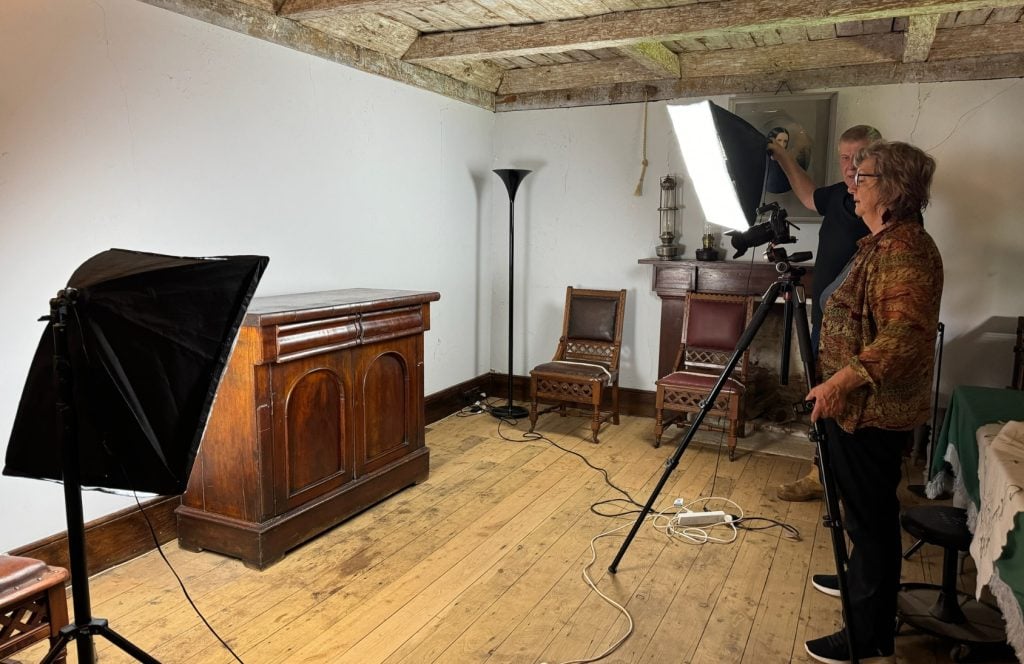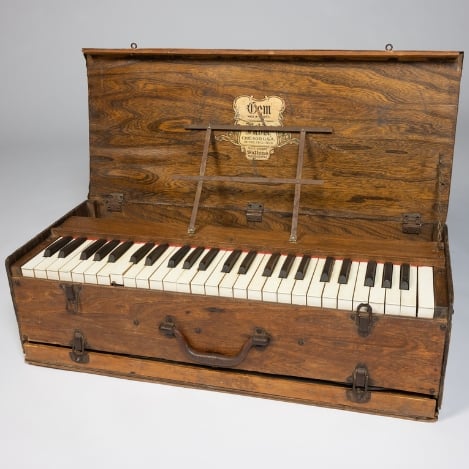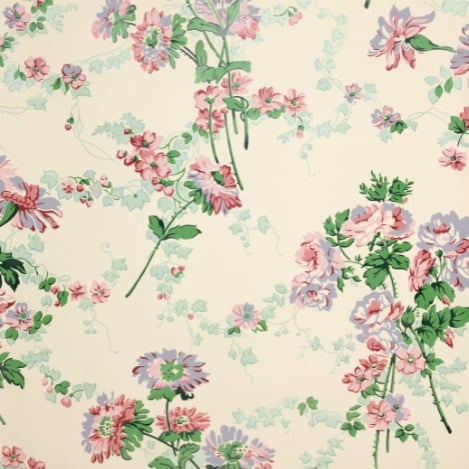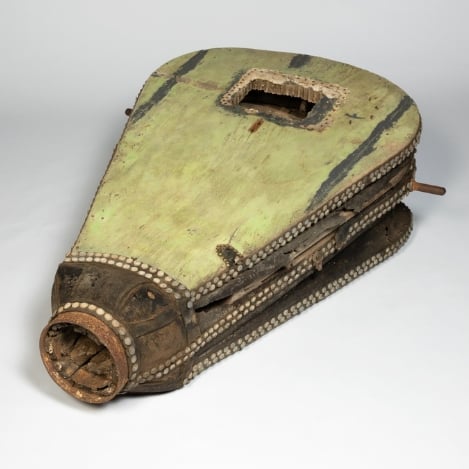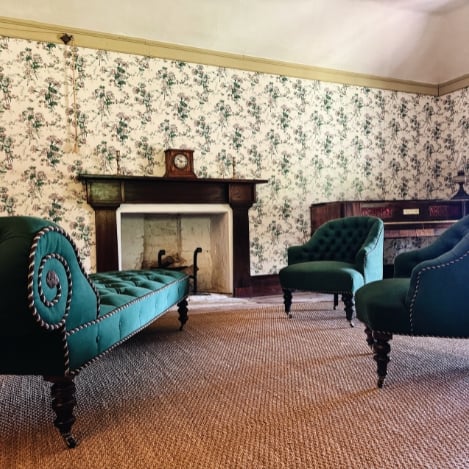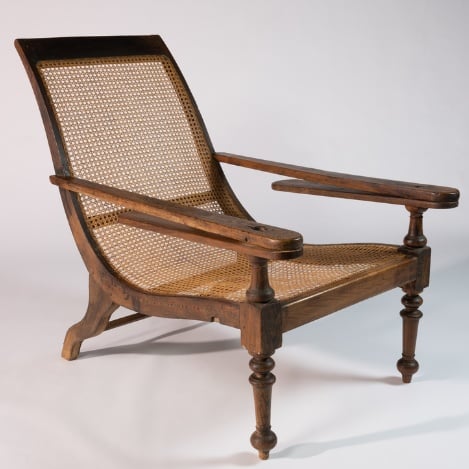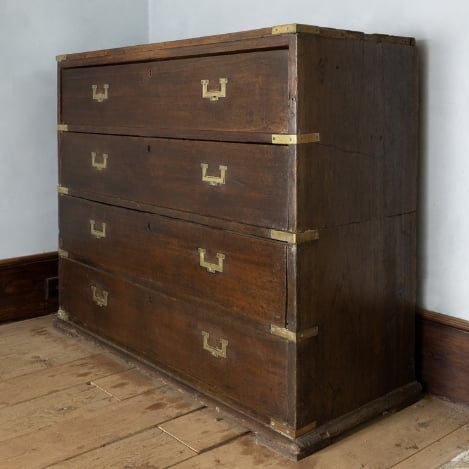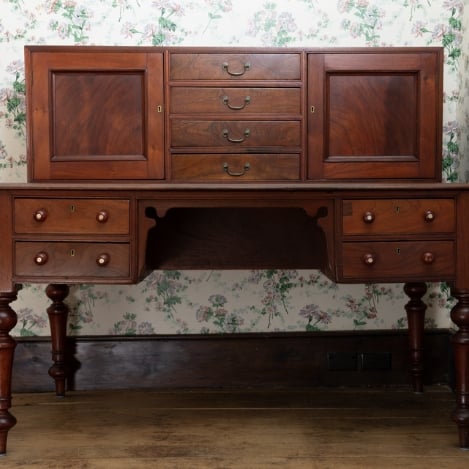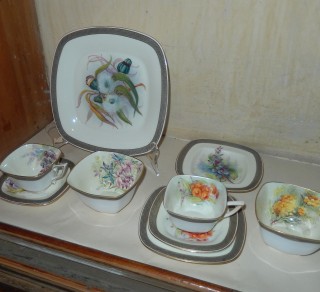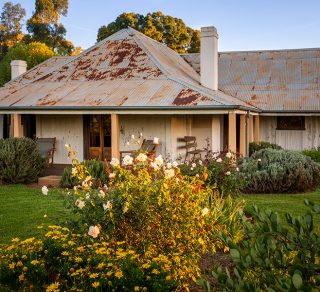The remarkable collection of the 1840s homestead has been digitally recorded, safeguarding the rich cultural heritage of historic items online.
Located in Wiradjuri Country, in Dubbo, Dundullimal Homestead offers a beautifully-restored connection to the state’s rural past. Housed inside the pretty 1840s slab house is an exceptional collection of rare, historically significant objects, from a unique travelling organ to a glamorous suite of 19th-century furniture.
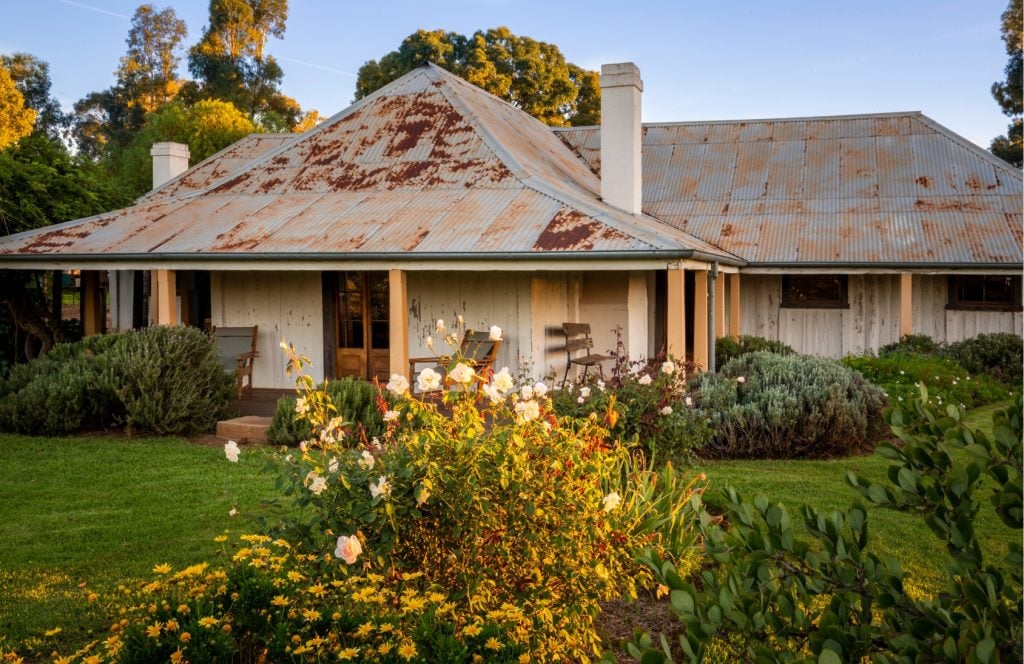
To both safeguard this important collection and enable stories of the objects to be shared with new audiences in future, the National Trust embarked on an exciting digitisation project at the state heritage listed property.
In partnership with Dubbo Council, the project engaged local museum photography services and volunteers in collaboration with the National Trust conservation team to capture high-quality images of items in the collection.
Undertaken in two stages, the first stage of digitisation began in 2023 and offered the opportunity for research into the backstory of the items. This deepened understanding of the collection, providing further insights into the history of the local region. The second stage continued the vital work of digitisation, ensuring the rich cultural heritage of this regional place is preserved online for generations to come.
This project was made possible thanks to the SPARC Support Grant Program.
